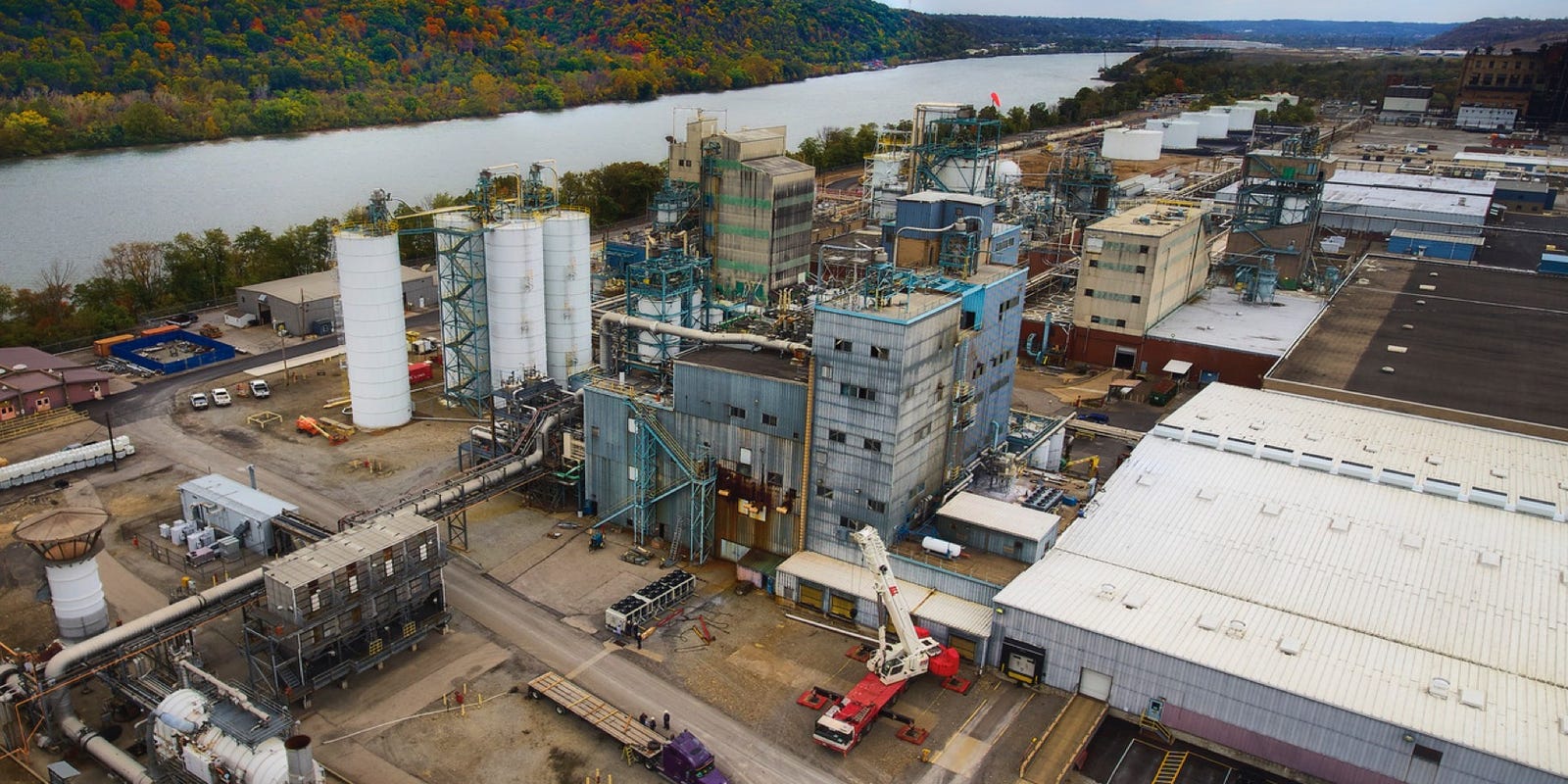In North America, prices for polyethylene, PVC and other solid polystyrenes have risen to unprecedent highs in 2021. This is due to a variety of factors, the most common being a distinct lack of materials used to make the plastics. Whether due to the pandemic, a mechanical failure, or simply being unable to keep up with the demand, it is clear that the scarcity of materials is causing an increase in prices.
In this week’s blog post we will go over several different polymers and why the prices have hiked in 2021.
Climb in Prices
Regional PE prices climbed an average of 9 cents per pound since April 1st of this year. Due to the pandemic and by outages caused by Winter Storm Uri in February, supplies of the material remain increasingly scarce. Some grades are harder to find than others. For example, high density PE for blow molding has been particularly hard to find, to the point where work has been delayed.
PE market analyst Mike Burns of Resin Technology Inc in Fort Worth, Texas says that allocations are moving higher than 70 percent, however demand is still vastly exceeding supply.
Force Majeure
On top of the already scarce supply of materials, North American PE supplies are further strained by a mechanical failure at a Nova Chemicals Corp. production site.
In April of this year Nova was forced to declare a force majeure, a term where an unforeseeable circumstance has prevented someone from fulfilling a contract, which covers all PE resins produced in the Sarnia, Ontario region. This includes low density PE, HDPE, and more.
A Nova spokesperson said in a letter released to the public that the firm “has experienced a mechanical failure beyond our control…. Which supplies ethylene to our polyethylene facilities…”
According to the spokesperson, there were no injuries or environmental impacts from the event, and that they did not know how long the force majeure would be in place.
PVC
With limited supplies and strong demand, PVC prices have risen by 4 cents per pound in April. Because of Winter Storm Uri, PVC makers have had a hard time finding supplies of stabilizers and other additives needed to make PVC compounds, contributing to the ever-tight supply of PVC.
This has hit the construction market has been hit particularly hard by the lack of product, with housing starts at a whopping 1.74 million rate for March, up by almost 40 percent compared to March 2020.
Prices for suspension PVC are up by 21 cents as of May 2021, up a net of 33.5 cents per pound since January of 2020.
PS
As a result of higher prices for benzene feedstock, where prices were up 38 cents for the moth to $3.01 per gallon, prices for solid PS (solid polystyrene) have surged to 9 cents per pound.
Solid PS prices for this year are up 25 cents, and 37 cents as of last year. Benzene prices are up 78 cents in the last two months alone, an increase of almost 35 percent.
The reason for this dramatic price increase? Styrene and benzene supplies have been limited. Some Gulf Coast styrene operations are only operating at 50-60 percent in recent months.
Other Materials
There are several other plastics that have seen an increase in cost of the past few months. Nylon 6 is up an average of 15 cents with Nylon 6/6 up by 25 cents. As of the first of the year, polycarbonate and ABS are both up an average of 30 cents.
On a Positive Note
Despite the increase in prices, the demand for polymers has not slowed down in the slightest. In 2020 alone, the market size was valued at USD 579.7 billion. That number has increased to USD 594 billion by 2021, with an estimated net worth of USD 750.1 billion by 2028. That is a growth rate of 3.4%!
The demand is clearly there, and it is safe to say that once the supply issues have been solved, the price of plastics will once again level out.
In Conclusion
Prices for polymers has increased over the past few months due to a variety of circumstances ranging from mechanical failure to the global pandemic. Despite this the plastics industry has remained steadfast and continues to innovate and provide quality products.


